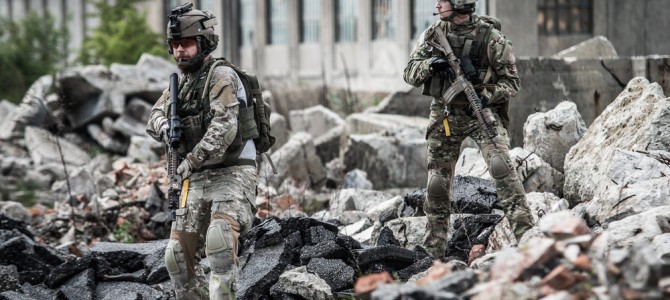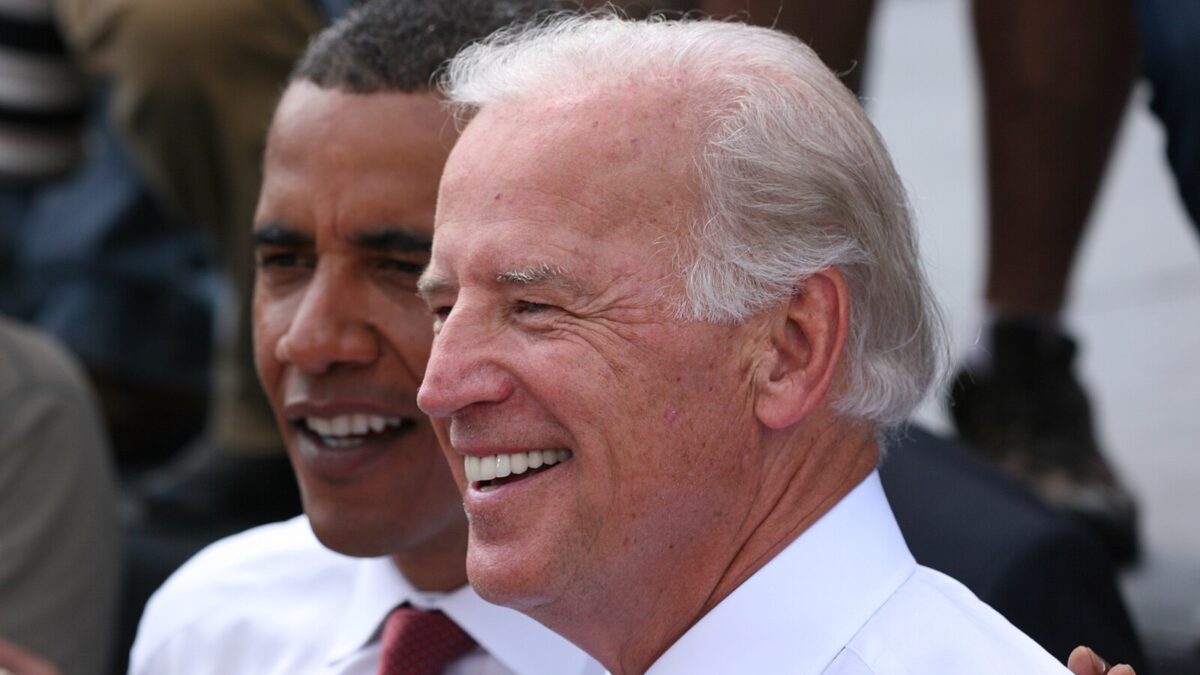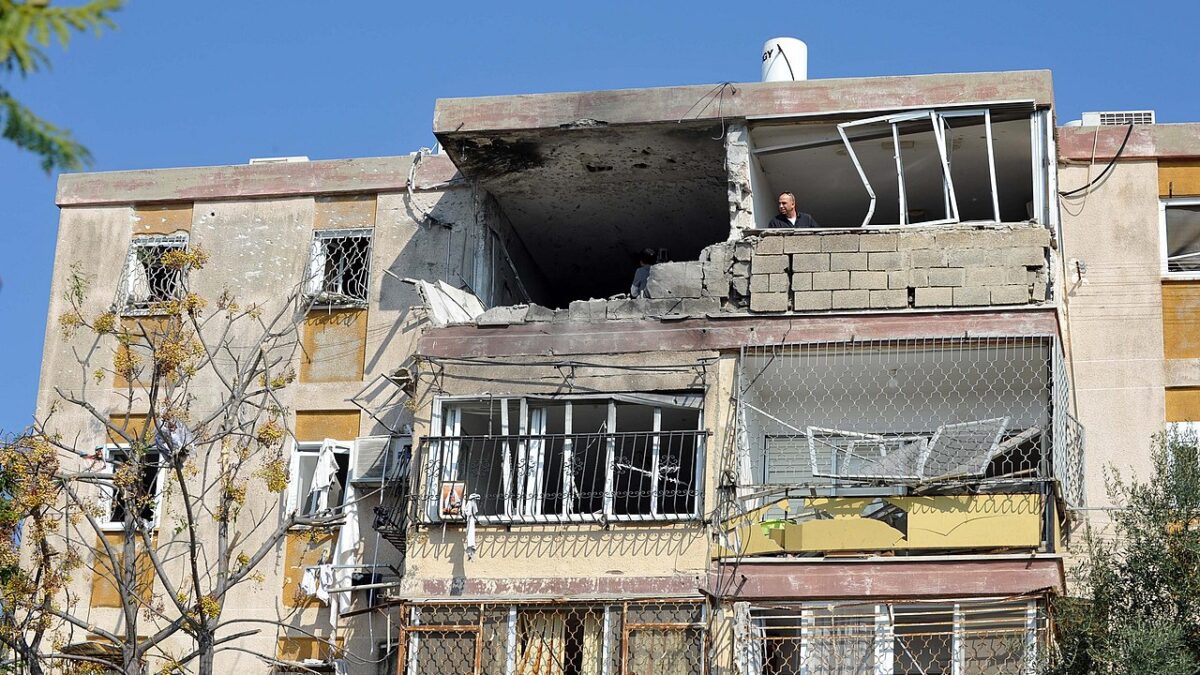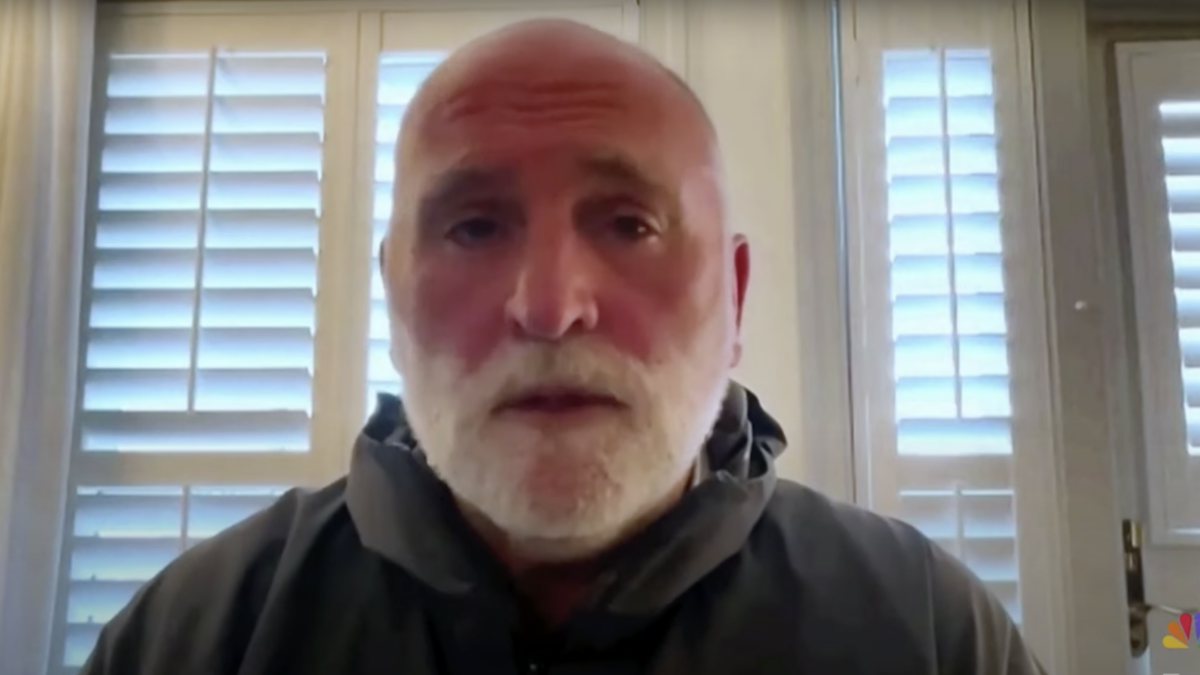
When Deputy Secretary of State Tony Blinken recently told France Inter radio that the campaign against ISIS had killed about 10,000 jihadis, a Pentagon admiral angrily denied that America uses a “tally” of dead ISIS fighters as a metric of success. Of course, that begs the question of exactly what metric of success the administration is using, since it certainly isn’t using ground taken back from the enemy.
In fact, there is no proper way to measure the effectiveness of this war on ISIS, because we are not truly fighting to win. The relatively few men on the ground and in the air are certainly doing their utmost, but this administration has no strategy beyond simply delaying the final disintegration of Iraq until some other poor sap takes the oath in January 2017.
You would think we would have learned our lesson about fighting wars on the cheap at some point in the nearly seven decades since Hirohito’s minions signed the instrument of surrender on the U.S.S. Missouri in Tokyo Bay. That was our last unambiguous win. Germany and Japan lay crushed beneath America’s combat boots. There was no question. They lost, and everybody knew it—most importantly, our enemies knew it. It was called victory, and it worked.
When America Stopped Fighting to Win
Then in Korea America decided not to fight a war but a police action, with arbitrary limits imposed by technocrats that gave our enemies sanctuaries from which to attack us. That did not work quite so well as actually defeating our enemies. North Korea remains our enemy today, waiting to strike us with the nukes we allowed it to develop.
In Vietnam, one look at a map told anyone who had made it through officer candidate school that the way to stop the war was to invade the North and root out the communist threat at the source. Again, we chose to fight on the enemy’s terms in the South, where the enemy wanted to fight, with our greatest strength—our logistical power to project force against the heart of the enemy—taken off the table. That, combined with the liberal penchant for betraying the allies foolish enough to believe American promises of assistance, guaranteed the loss of the Vietnam War.
President Obama brags about “ending the war in Iraq,” but he really just left the Iraqis to fight it on their own. Not surprisingly, Iran rushed in to fill the void, and as satisfying as it would be to see jihadis and Iranians killing one another, that is not a strategy.
In fact, there is no “complete” strategy in the campaign against ISIS, as Obama himself admits. But all you need is a glance at the map to see how to win the war. You do what Americans do better than anyone else: move large numbers of troops across the globe with all their stuff, then take the enemy’s ground and beat him into submission.
Special Forces Aren’t a Magic Wand
ISIS holds territory where it rules as a caliphate. This is critical to its success because territory gives ISIS resources while attracting adherents. Individual jihadis are fungible and easily replaceable, but deprive ISIS of the caliphate and you break that tawdry movement’s spirit. That’s why a real strategy to comprehensively defeat ISIS must focus primarily on taking back ISIS-controlled territory, and secondarily on killing sufficient numbers of its fighters to make them unable to rise again. But that would mean boots on the ground, and not just another 450 advisors tasked to provide some spine to the Iraqis. Because he has ruled out dropping in several-brigade combat teams, if not several divisions, Obama has ruled out victory.
Another elitist Democrat, John Kennedy, was likewise fascinated by the idea of war on the cheap by using a few supermen as a scalpel instead of hordes of infantry as a bludgeon. He was the first to push the idea of special forces as a kind of magic wand that would make problems disappear without the muss and fuss of those old-fashioned conventional wars.
Similarly, precision air power has become another mark of the technocrat warlord, with the surgical strike being the Holy Grail of liberal war-making. But when you hear some politician or pundit babbling about how all we need for victory are some special forces and some airstrikes, you know you are listening to someone who is at best essentially unserious and, at worst, actively dangerous.
Planes and Special Forces Can’t Hold Territory
Our special forces are magnificent. Our pilots are superb. Yet American victory comes not from using just one or two tools but from using the whole toolbox. It’s the synchronized employment of all elements of military power that wins wars, not just those you think can be used without many casualties.
America wins when it crushes its enemies, and that means lots of guys with lots of guns supported by awesome assets like precision air and special forces. In Desert Storm, VII Corps annihilated the Republican Guard by putting everything it had against the enemy—tanks, infantry, artillery, and lots of them. An F-15 is an incredible aircraft, but it will never hold a piece of ground. Special forces can hold ground, but not much of it. They are elite, and there just aren’t enough to do the most basic thing an army must do to win: plant soldiers on occupied ground with rifles to shoot any bad guys who try to come back.
When you use conventional forces, you have the realistic possibility of capturing significant territory, the traditional metric of success in war. But we aren’t out to capture territory. As the administration’s collective shoulder-shrug at the fall of Ramadi shows, we apparently aren’t even out to hold territory. Instead, all we do is bomb a little and send the snake-eaters in to wax the occasional baddie. In other words, our incomplete strategy seems to be solely to kill enough jihadis to keep ISIS from growing so large as to cause the Iraqi government to completely collapse. Yet while our strategy is entirely about killing, we are unwilling to admit it by measuring how effective we are at doing so.
Baghdad or Bust
By rejecting the body-count metric, the administration is seeking to deny its own pseudo-strategy, probably because it realizes that, at the end of the day, the half-hearted killing of quickly-replaced jihadis by covert special-ops snipers and high-flying pilots is a loser’s strategy. The map doesn’t lie. We are losing this war.
And the military is fighting it in a way certain to lead to defeat. ABC had a remarkably short and uninformative video piece on the huge anti-ISIS joint operations center in an undisclosed Persian Gulf country. It showed dozens of field grade officers in a large, air-conditioned room staring at monitors. Somewhere, in safety, maybe hundreds of miles away from the fighting, a bunch of senior officers are trying to win the battle with mouse clicks and PowerPoint briefs. That’s a recipe for certain failure. It ought to be named Fort Fredendall.
The administration actually does have an ISIS war strategy, but with its paltry airstrikes and occasional special-forces raids it is not a strategy designed to achieve victory. It is designed solely to achieve the delay of the day when Iraq disintegrates into jihadi- and Iranian-dominated zones of influence. Don’t bother counting the bodies. Start counting the days until Baghdad falls.









